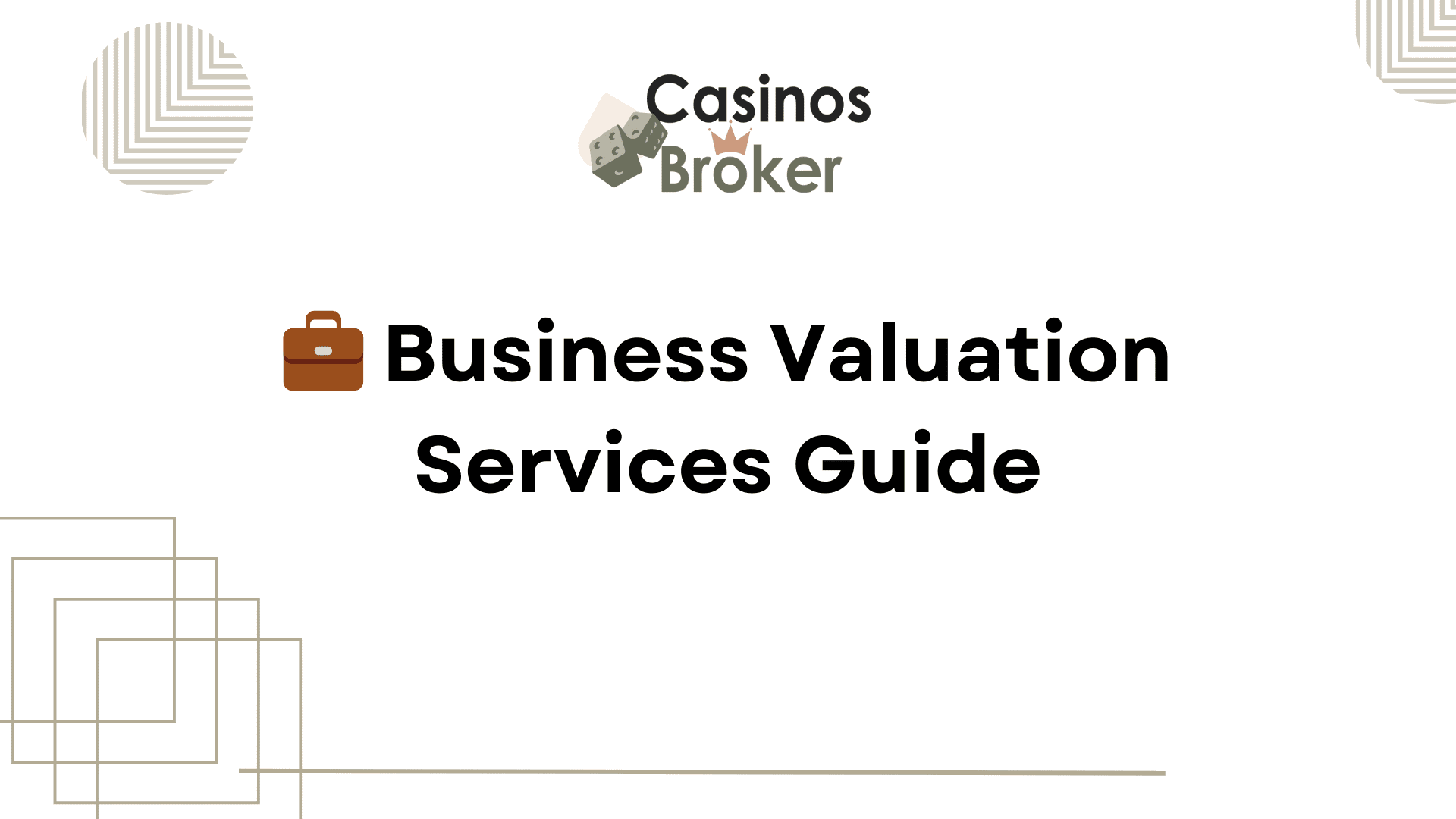I’ve witnessed firsthand how proper valuation methodology can make or break a deal. The art and science of M&A valuation requires a deep understanding of multiple methodologies, each with distinct advantages and limitations that must be carefully considered in the context of specific transaction dynamics.
The Foundation of M&A Valuation
M&A valuation serves as the cornerstone of any merger or acquisition activity, ensuring that transactions reflect the genuine worth of the involved companies. The process involves a comprehensive assessment of financial, operational, and market factors that influence a company’s intrinsic and perceived value. In today’s competitive business environment, understanding the intricacies of different valuation methods is crucial for both buyers and sellers to achieve optimal outcomes.
The valuation process in M&A differs significantly from standard equity valuation because it must account for control premiums, synergies, and the strategic value that buyers place on acquiring entire businesses rather than minority stakes. This fundamental difference explains why M&A valuations typically exceed public market trading multiples and require sophisticated analytical frameworks.
Core Valuation Approaches
1. Discounted Cash Flow (DCF) Analysis
The DCF method remains one of the most theoretically sound and widely used valuation techniques in M&A transactions. This approach estimates a company’s intrinsic value by projecting future free cash flows and discounting them to present value using an appropriate discount rate, typically the weighted average cost of capital (WACC).
Strengths of DCF Analysis:
-
Provides long-term perspective on value creation
-
Captures future earning potential effectively
-
Particularly useful for companies with predictable cash flows
-
Enables strategic decision-making by providing insights into potential value creation from acquisitions
Limitations:
-
Heavily dependent on forecast accuracy
-
Highly sensitive to assumption changes in discount rates and growth projections
-
Complex to execute properly
-
Less reliable for businesses with volatile revenues or uncertain growth prospects
In my experience, DCF analysis works best for mature companies with stable operating histories and predictable business models. I’ve found it particularly valuable in sectors like utilities, consumer staples, and established technology companies where cash flow patterns are relatively consistent.
2. Comparable Company Analysis (CCA)
Comparable company analysis values a target by examining trading multiples of similar publicly traded companies. This market-based approach relies on the premise that similar companies should trade at similar valuations relative to key financial metrics.
Key Implementation Steps:
-
Select appropriate peer companies based on industry, size, and business model
-
Calculate relevant multiples (EV/EBITDA, P/E, EV/Revenue)
-
Apply median or mean multiples to target company metrics
-
Adjust for company-specific factors
The method’s effectiveness depends critically on finding truly comparable companies and can be challenging in specialized industries with limited public comparables. Market volatility can also impact valuations significantly, as the approach reflects current market sentiment rather than intrinsic value.
3. Precedent Transaction Analysis
Precedent transaction analysis, also known as “M&A comps,” uses historical M&A transactions involving similar companies to establish valuation benchmarks. This method is particularly valuable because it reflects what acquirers have actually paid for comparable businesses, including control premiums.
Critical Success Factors:
-
Transaction recency (more recent deals carry greater relevance)
-
Industry and size similarity
-
Comparable transaction characteristics and buyer profiles
-
Availability of disclosed deal terms
The analysis typically yields higher valuations than public market comparables due to the control premium inherent in M&A transactions. I’ve found this method especially useful in industries with frequent M&A activity, such as technology, healthcare, and financial services.
4. Asset-Based Valuation
Asset-based valuation determines company worth by evaluating the fair market value of total assets minus liabilities. This approach proves most applicable for asset-intensive businesses or situations where going-concern value may not exceed liquidation value.
Primary Applications:
-
Real estate and manufacturing companies
-
Distressed situations
-
Companies with significant tangible assets
-
Early-stage businesses without established earnings history
The method’s limitation lies in its failure to capture future earnings potential and intangible asset value, making it less suitable for service businesses or companies with significant intellectual property.
Advanced Valuation Techniques
Sum-of-the-Parts (SOTP) Valuation
SOTP analysis values diversified companies by separately valuing each business segment and aggregating the results. This approach proves particularly valuable for conglomerates operating across multiple industries with distinct valuation multiples.
 The method involves valuing each division using the most appropriate methodology—whether DCF, comparables, or other techniques—then combining the values while adjusting for corporate overhead, debt allocation, and potential synergies or dis-synergies.
The method involves valuing each division using the most appropriate methodology—whether DCF, comparables, or other techniques—then combining the values while adjusting for corporate overhead, debt allocation, and potential synergies or dis-synergies.
Leveraged Buyout (LBO) Analysis
While primarily a financing tool, LBO analysis provides valuable insight into valuation floors, particularly for private equity transactions. The analysis determines the maximum price a financial buyer could pay while achieving target returns, typically 20-30% IRR.
LBO analysis proves most relevant for companies with stable cash flows, low existing leverage, and predictable business models that can support significant debt loads. The methodology helps establish price discipline in competitive auction processes.
Synergy Valuation and Control Premiums
Quantifying Synergies
Synergy valuation represents one of the most critical yet challenging aspects of M&A analysis. Synergies fall into two primary categories:
Revenue Synergies:
-
Cross-selling opportunities
-
Market expansion
-
Product portfolio enhancement
Cost Synergies:
-
Operational efficiencies
-
Elimination of duplicate functions
-
Economies of scale
The key challenge lies in accurately quantifying these benefits and determining appropriate risk adjustments. In my experience, cost synergies typically prove more achievable and quantifiable than revenue synergies, which often depend on customer behavior and market dynamics beyond management control.
Control Premium Analysis
Control premiums represent the additional amount buyers pay above market prices to acquire controlling interests. These premiums reflect the value of controlling decision-making, optimizing operations, and accessing synergies unavailable to minority shareholders.
Control premiums vary significantly by industry, market conditions, and specific transaction circumstances, typically ranging from 20% to 50% above market prices based on historical data.
Valuation Integration and Decision-Making
The Football Field Analysis
Professional M&A advisors typically present valuation ranges using “football field” charts that display results from multiple methodologies side-by-side. This approach provides stakeholders with comprehensive perspective on valuation uncertainty and helps identify reasonable negotiation ranges.
The football field methodology serves as a crucial sanity check, highlighting methodologies that produce outlier results and focusing attention on the most reliable approaches given specific transaction circumstances.
Sensitivity Analysis
Given the inherent uncertainty in M&A valuation, sensitivity analysis plays a crucial role in risk assessment. This technique involves varying key assumptions—such as growth rates, margins, and discount rates—to understand their impact on valuation outcomes.
 Effective sensitivity analysis helps negotiating parties understand the drivers of value differences and can facilitate more productive discussions around price and deal structure.
Effective sensitivity analysis helps negotiating parties understand the drivers of value differences and can facilitate more productive discussions around price and deal structure.
Common Challenges and Pitfalls
Market Timing and Valuation
Market conditions significantly impact M&A valuations, with deals announced during market peaks often showing different risk-return profiles than those completed during market troughs. Understanding these dynamics helps inform timing decisions and valuation expectations.
Deal Structure Impact
Creative deal structuring can bridge valuation gaps when buyers and sellers hold different value perspectives. Techniques such as earnouts, escrows, and stock consideration help align interests and reduce transaction risk.
Behavioral Biases
Research indicates that common biases significantly impact valuation judgment, including bandwagon effects in hot sectors, anchoring on precedent transactions, and overweighting financial metrics while ignoring intangible factors.
Best Practices and Recommendations
Based on extensive transaction experience, several best practices emerge:
-
Use Multiple Methodologies: No single valuation method captures all value dimensions; triangulating across multiple approaches provides more robust results.
-
Focus on Quality of Analysis: Rigorous data gathering, appropriate peer selection, and realistic assumption setting matter more than methodology sophistication.
-
Consider Transaction Context: Strategic buyers typically justify higher valuations than financial buyers due to synergy potential.
-
Plan for Integration: Valuation should incorporate realistic assessments of integration costs and risks.
-
Maintain Flexibility: Market conditions and new information may require valuation updates throughout transaction processes.
Conclusion
M&A valuation remains as much art as science, requiring careful balance between analytical rigor and practical judgment. The most successful transactions result from thorough analysis using multiple methodologies, realistic synergy assessment, and creative deal structuring that addresses both parties’ core objectives.
As markets evolve and new business models emerge, valuation methodologies must adapt while maintaining focus on fundamental value drivers: cash generation capability, growth prospects, competitive positioning, and strategic fit. The advisor’s role involves not just technical analysis but helping clients navigate the inevitable uncertainty inherent in any forward-looking valuation exercise.
Success in M&A valuation ultimately depends on combining analytical excellence with deep iGaming industry knowledge, realistic assumption setting, and clear communication of both opportunities and risks to all stakeholders involved in the transaction process.





